| This week the guest post is from Shelly Shaffer. Shelly is not only a colleague and one of my writing partners, is a kind and generous person. When we are discussing books, a writing project, or a presentation, Shelly is great at find a grounding concept that reminds us that our students and the people we work with need our understanding and empathy. Even as we might be trying to persuade preservice teachers, inservice teachers, or our colleagues to "see it" our way she can subtly remind us stay open to new ideas. Much of Shelly's research focuses on how school shootings are portrayed in YA literature. That interest lead to several blog posts on Dr. Bickmore's YA Wednesday and, eventually, to a collaboration with Gretchen Rumohr and myself that produced a book about discussing gun violence in the ELA classroom-Contending with Gun Violence in the English Language Classroom. Collectively, we are proud of the book; as an individual, I know that I am a better person, colleague, and a scholar because of my association with Gretchen and Shelly. This time Shelly has drifted away from guns and schools and takes on a different, but also important topic for teachers and their students. |
The Many Stories of LGBTQ+ Youth
Adiche, C. N. (2009). The danger of a single story. Retrieved from (https://www.youtube.com/watch?v=D9Ihs241zeg).
Bishop, R.S. (1990), “Mirrors, windows, and sliding glass doors”, Perspectives, Vol. 1 No. 3, 1990, pp. Ix-xi.
DeCuir, J.T. and Dixson, A.D. (2004). So when it comes out, they aren’t that surprised that it is there’: Using critical race theory as a tool for analysis of race and racism in education. Educational Researcher, 33(5), 26-31.
Sleeter, C.E. (2017),. Critical race theory and the whiteness of teacher education. Urban Education, 52(2), 155-169.
Smith, C. L. (2005). Spotlight On CLA social justice workshop: Social justice in Native American literature for youth. Journal of Children's Literature, 31(1), 7-9.
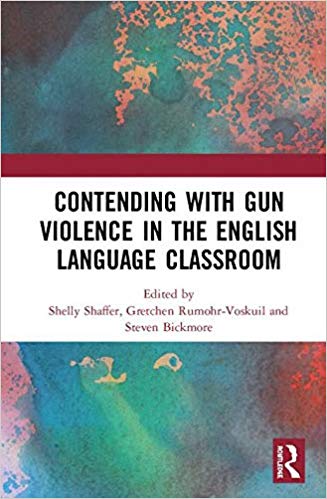
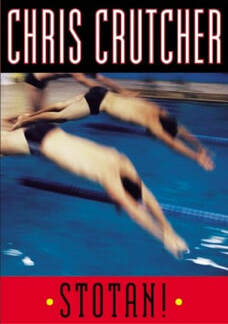
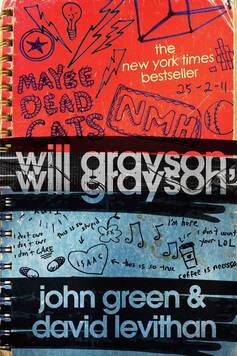
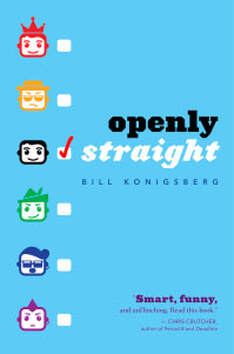

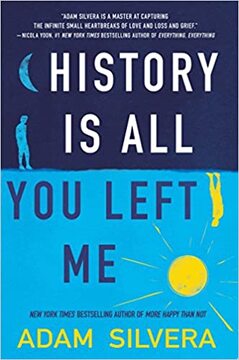
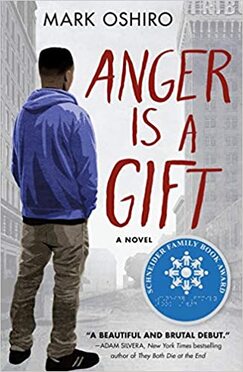
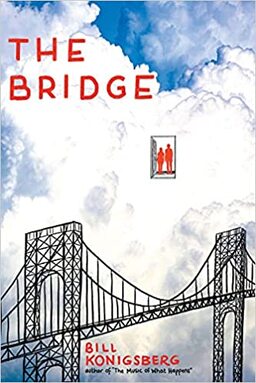

 RSS Feed
RSS Feed